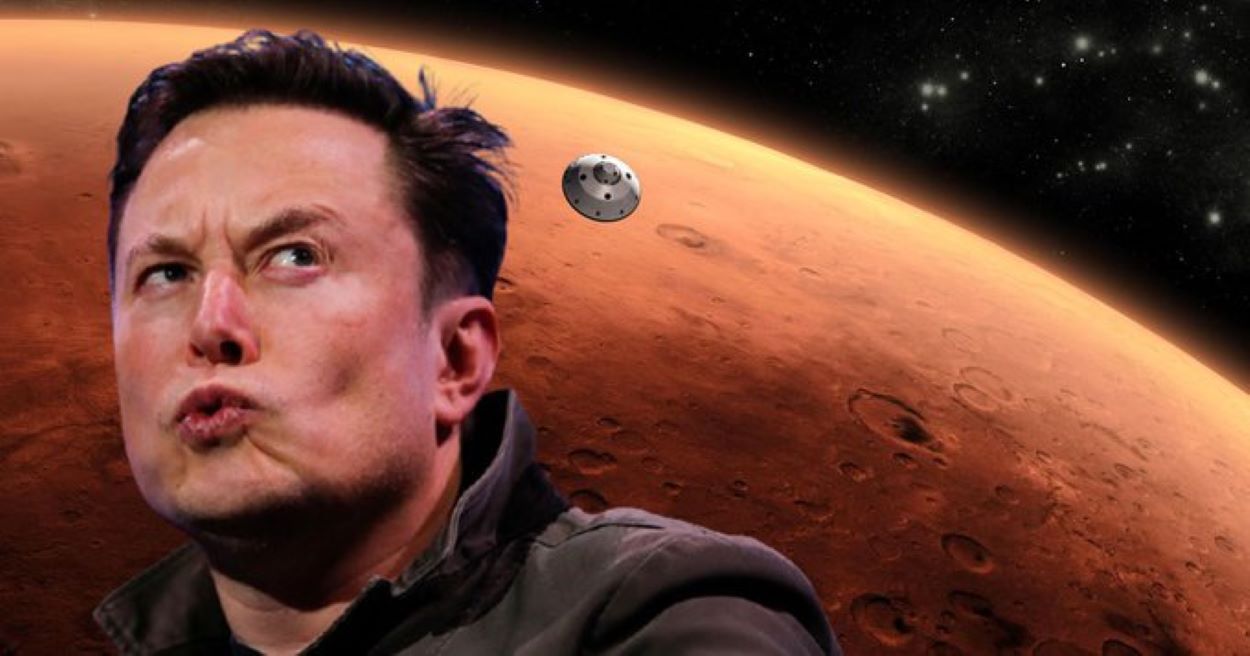Elon Musk’s goal to send humans to Mars is set to become a key focus under US President-elect Donald Trump’s administration, sources indicate. This shift could reshape NASA’s moon program and increase support for Musk’s SpaceX.
Insiders reveal that NASA’s Artemis program, which integrates SpaceX’s Starship for lunar missions, will pivot to prioritize Mars. The plan includes uncrewed Mars missions this decade.
Musk, after contributing $119 million to Trump’s campaign, has pushed space policy to the forefront. He made a public appearance at a Trump rally wearing an “Occupy Mars” T-shirt in October.
Doug Loverro, a space consultant and former NASA leader under Trump, predicts the new administration will outline a clear Mars strategy. “You’ll see Mars set as a goal,” Loverro stated.
SpaceX and the Trump campaign have not yet commented. A NASA spokesperson advised against speculating on potential changes under the new administration.
Trump’s advisers aim to revitalize the Artemis program, which began in 2019 and continued under President Joe Biden. Musk’s advocacy for less regulation might influence the Federal Aviation Administration’s control over private rocket launches.
The Trump team is likely to endorse fixed-price contracts, pushing private companies to take more responsibility and reduce the Artemis program’s high costs. This move might threaten NASA’s Space Launch System (SLS), developed by Boeing and Northrop Grumman in 2011 at a cost of about $24 billion. Ending SLS could jeopardize thousands of jobs and increase reliance on SpaceX.
Boeing and Northrop have not responded to requests for comment.
Musk has claimed SpaceX will land Starship on Mars by 2026, with a crewed mission to follow within four years. Trump has publicly supported these plans. However, Scott Pace, a top space policy official during Trump’s first term, doubts these ambitious timelines, suggesting that achieving them is less likely within Trump’s term. “You have to walk before you run,” Pace noted.






